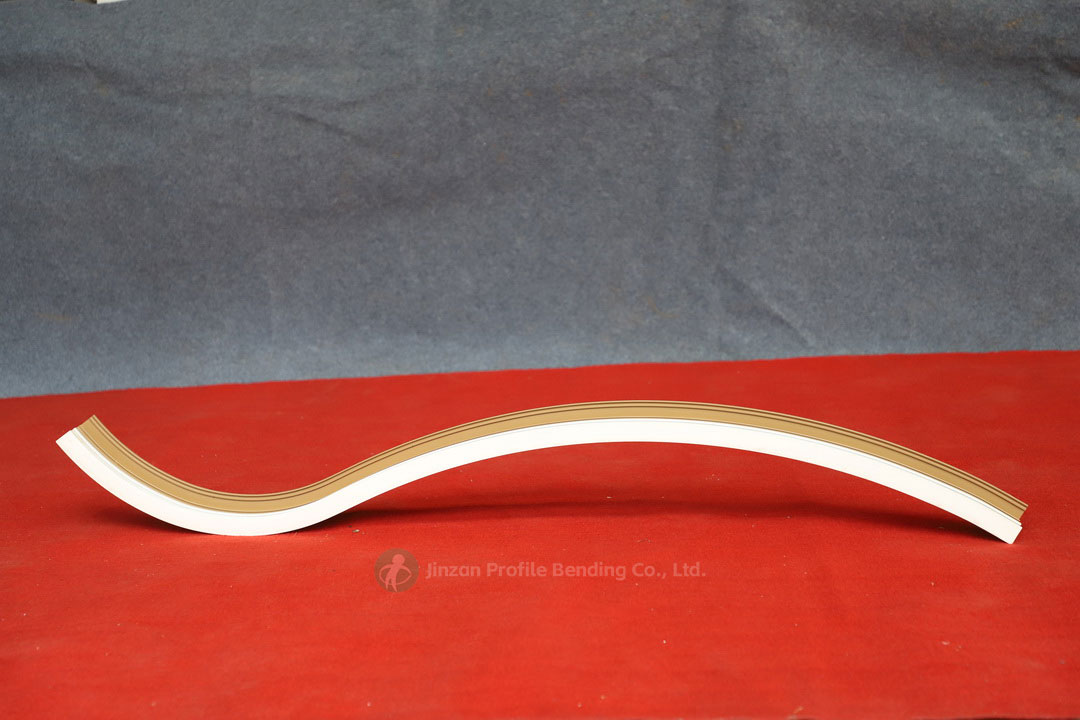Redefining the construction industry with innovative solutions, cuttin-edge technology and sustainable practices
Profile Bending 2025-06-19
Profile bending is a crucial process in structural engineering that involves the deformation of materials into specific shapes to meet design requirements. This technique plays a significant role in the construction of various structures, from bridges to buildings and even specialized machinery. In this article, we will delve into the key concepts of profile bending, explore its applications, and discuss the implications of this process in modern engineering practices.
Key Concepts of Profile Bending
1. What is Profile Bending?
Profile bending refers to the process of bending structural elements, often made from steel, aluminum, or other metals, into predetermined shapes. These shapes can include beams, channels, angles, and custom profiles required for specific applications. The bending process can be achieved through various methods, including roll bending, press brake bending, and induction bending, each with its unique advantages and limitations.
2. The Mechanics of Bending
Understanding the mechanics of bending is essential for engineers and fabricators. The bending process typically involves applying a force to a material, causing it to deform. This deformation can be divided into three phases: elastic deformation, plastic deformation, and rupture.
-Elastic Deformation: In this initial phase, the material temporarily changes shape but will return to its original form once the load is removed. The relationship between stress and strain in this phase is linear and governed by Hooke’s Law.
-Plastic Deformation: If the applied force exceeds the material's yield strength, it enters the plastic deformation stage, where the material permanently changes shape. The designer must consider this when determining the allowable bending limits.
-Rupture: If the bending continues beyond the material’s ultimate tensile strength, it will ultimately fracture. Understanding these phases is crucial in ensuring the integrity and safety of structures.
3. Factors Influencing Profile Bending
Several factors influence the profile bending process, including:
-Material Properties: Different materials exhibit varying strengths, ductility, and elasticity. For instance, mild steel is often favored for its excellent ductility, while aluminum is selected for its lightweight properties.
-Bending Radius: The radius of the bend is critical. A tighter radius can lead to increased stress and potential failure, so engineers must ensure that the bending radius complies with material specifications.
-Thickness and Width: The thickness and width of the profile also impact the bending process. Thicker materials may require more powerful machinery and can lead to increased stress concentrations.

Profile bending has numerous applications across various sectors of structural engineering. Here are some notable examples:
1. Construction of Beams and Frames
In the construction industry, profile bending is commonly used to create beams and frames that support structures. For instance, I-beams are frequently bent to create robust support systems for buildings and bridges. These beams undergo bending to achieve the desired structural integrity while minimizing weight.
2. Architectural Elements
Architects often use profile bending to create aesthetically pleasing shapes in buildings. Curved facades, arches, and canopies are examples where bending techniques are employed. This not only enhances the visual appeal of a structure but also helps in optimizing material usage.
3. Manufacturing of Machinery
In machinery manufacturing, profile bending is essential for creating components that fit specific operational requirements. For example, frames for industrial machines, conveyor systems, and even automotive parts often necessitate custom bending to achieve optimal performance.
4. Aerospace Applications
The aerospace industry utilizes profile bending for components such as fuselage frames and wing structures. Given the stringent weight and strength requirements in aviation, precise control over the bending process is critical for ensuring safety and performance.
5. Shipbuilding
In shipbuilding, profile bending is utilized to shape hulls and other structural components. The ability to bend materials to specific profiles allows for the construction of vessels that can withstand harsh marine environments while maintaining efficiency and stability.
6. Renewable Energy Structures
With the growing emphasis on renewable energy, profile bending plays a role in constructing components for wind turbines and solar panel supports. These structures often require specialized bending techniques to optimize their performance and durability.
Profile bending is a fundamental process in structural engineering that significantly impacts the design and functionality of various structures. By understanding the key concepts of bending mechanics and the factors that influence the process, engineers can ensure the integrity and safety of their designs. The diverse applications of profile bending highlight its importance across multiple industries, from construction to aerospace and beyond. As technology continues to advance, the techniques and tools for profile bending will likely evolve, offering even greater precision and efficiency in the creation of complex structures. Embracing these innovations will be essential for engineers looking to push the boundaries of design and performance in the built environment.